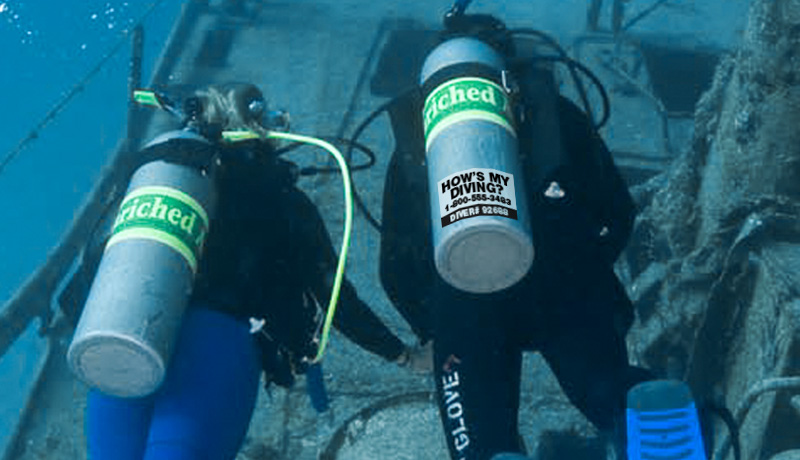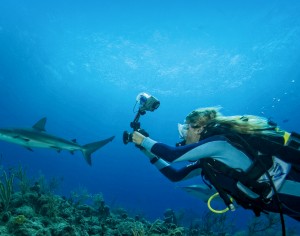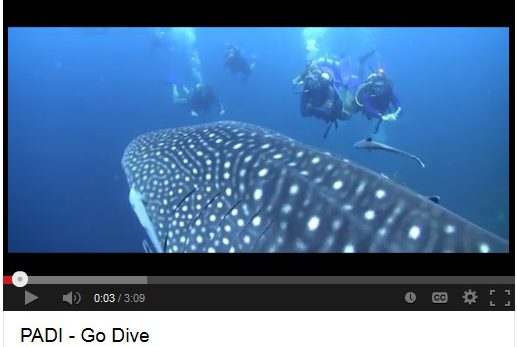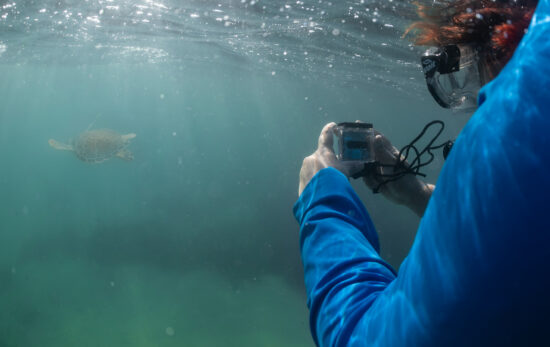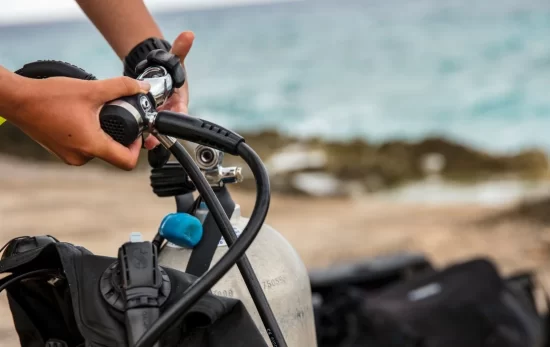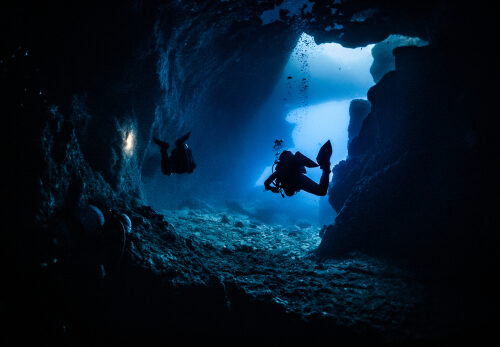Last September I went on a liveaboard dive trip and saw my first hammerhead shark, followed by a barracuda tornado. I also saw some classic examples of scuba diving bad habits – from experienced divers no less!
Liveaboards typically attract hardcore divers, and the boat I chose was no exception. On average, the people on board had 300+ dives, but a few of these old salts made mistakes that even a brand new diver would consider a rookie move.
Bad Habit #1 – Skipping the buddy check
You ask your buddy, “You ready? Yeah? Let’s go diving.” Everything seems fine until you roll off the boat and discover you forgot your fins, your buddy’s tank is loose, or something even worse.
Forgoing a buddy check takes a shortcut on safety and increases the chance of having to solve a problem in the water. You can learn more about avoiding and adapting to problems in the PADI Rescue Diver course, but the best thing to do (as we teach during the Rescue course) is prevent problems before they begin with BWRAF .
Bad Habit #2 – Shooting fish butts
There were some very expensive camera rigs on board, but an expensive setup doesn’t guarantee good photos. Especially when the photographer doesn’t know underwater photo basics, or fails to practice good marine life etiquette.
I saw one diver with a top-of-the-line camera system taking a photo straight down over a coral head. I’m no photo pro, but I learned in the Digital Underwater Photography online course that shooting straight down on your subject tends to produce flat, uninteresting images. Perhaps it was an avant-garde shot.
I watched another diver race from one critter to the next – chasing off marine life as he went. The dive guides tried to counsel this diver, but he wouldn’t listen, “This is how I always dive” was his reply. I wondered how many pictures of fish butts he had… and how he ever found a dive buddy!
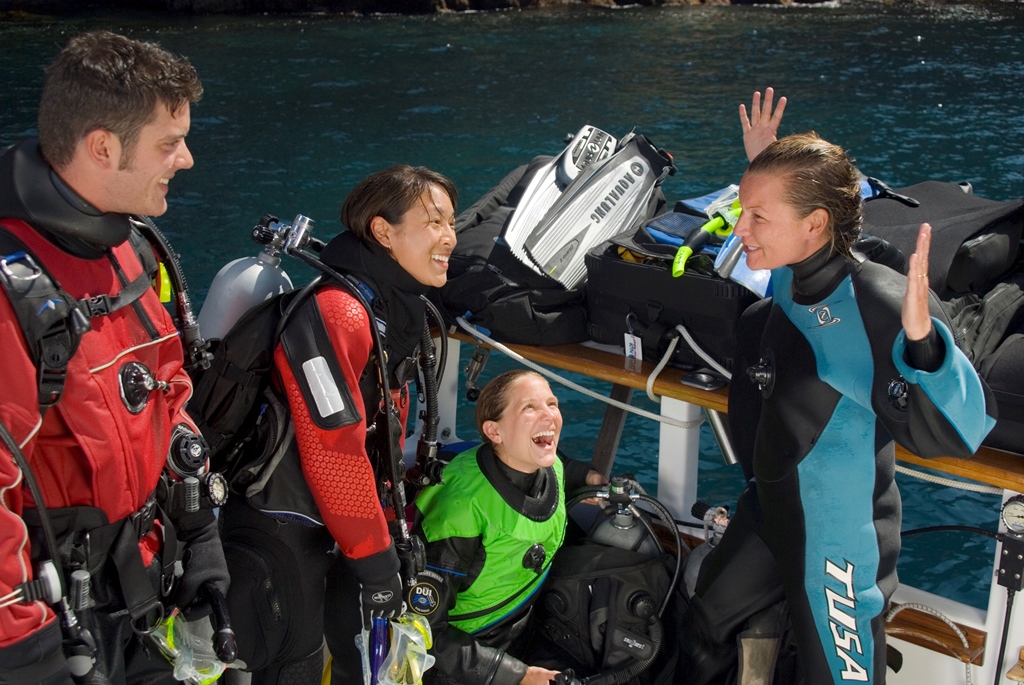
Bad Habit #3 – Not wearing the right exposure protection
Every time I show up at at a tropical dive destination, other divers laugh at me for wearing a 5mil wetsuit and a beanie cap in 28C/82F water. But by wearing the exposure protection that’s right for me, I never have to cut a dive short because I’m cold.
After a few years diving regularly in California I tried the PADI Drysuit Diver specialty and wondered, “why didn’t I do this sooner?” I imagine the cafe owners on Catalina Island wondered what ever happened to that girl who asked for cups of hot water to dump down her wetsuit.
#4 Wearing the incorrect amount of weight
Picture a brick, the kind used in home building. Imagine carrying it around with you all the time – taking it up stairs, trudging up a hill, etc. Having extra weight on board means your body has to work harder; your breathing will be heavier and so on.
When teaching the Peak Performance Buoyancy specialty course, that brick weight is (on average) the amount I take off a diver’s weight belt. New divers often wear excess weight, and get used to carrying it around. But there’s a major downside – too much weight can lead to excess air consumption. The extra weight means the body has to work harder to push through the water, and on top of it many divers swim continuously to keep themselves buoyant. All that extra effort drains your tank faster than necessary.
Drop that brick and extend your dive time! Review your open water materials for how to do a buoyancy check, or ask your instructor about the Peak Performance Buoyancy specialty course.
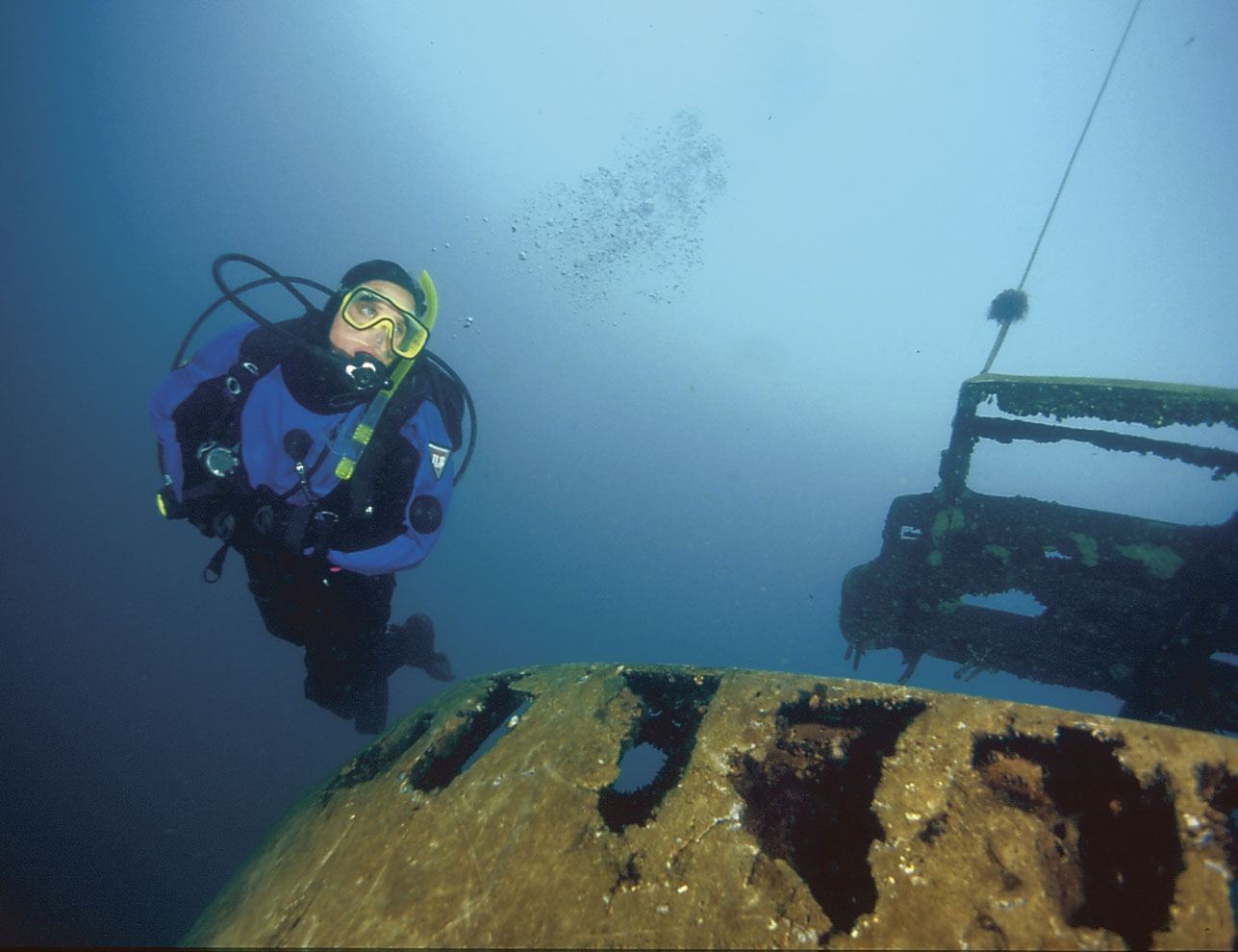
Bad Habit #5 – Neglecting gear service
Woe is the diver who pays half a month’s salary to go on the dive trip of a lifetime and has an equipment problem. When maintained properly, dive gear can last for years. Ask your local dive center about the Equipment Specialist course. You’ll get to know your gear and learn how to perform basic maintenance yourself. That said: some equipment service must be performed by a professional.

